Description
Washingtonia palms are tall, elegant trees that can reach heights of up to 15 to 20 meters (50 to 65 feet), with some exceptional specimens growing even taller. These palms have a distinctive fan-shaped canopy, composed of large, deeply cut leaves. The fronds are typically green to bluish-green, with a fibrous texture and are arranged in a circular pattern at the top of a slender, sturdy trunk. The trunk is usually grayish-brown, with a rough texture due to the presence of old leaf bases that remain attached to the trunk, giving it a characteristic “skirt” appearance.
The flowers of Washingtonia palms are small, white, and clustered in large, hanging inflorescences that bloom in the spring or summer. These flowers are often followed by small, black fruit. The fruit is generally not eaten by humans but provides nourishment to local wildlife, such as birds.
Growing Conditions and Care
Washingtonia palms are well-suited for hot, dry climates and are commonly found in desert landscaping due to their heat tolerance and ability to withstand drought conditions. They thrive in full sunlight and require a well-draining soil for optimal growth.
-
Light: Washingtonia palms require full sun for at least 6-8 hours a day to thrive and produce healthy fronds.
-
Soil: They prefer sandy or loamy soils but can tolerate a range of soil types as long as there is good drainage. They should not be planted in waterlogged or heavy soils.
-
Watering: While these palms are drought-tolerant once established, regular watering during the early stages of growth will help them thrive. It’s essential to water deeply and allow the soil to dry out between waterings.
-
Temperature: Washingtonia palms are heat-loving plants, doing best in warm conditions. They can withstand temperatures ranging from 20°C to 40°C (68°F to 104°F), though they are sensitive to frost and should be protected in freezing temperatures.
-
Pruning: Regular pruning of dead or damaged fronds helps maintain a clean, attractive appearance. However, excessive pruning should be avoided, as it can stress the tree.
Benefits and Uses
-
Ornamental Value: With their striking appearance and tall stature, Washingtonia palms make an excellent focal point in large gardens, parks, and public spaces.
-
Landscape Versatility: These palms can be used as single specimens or planted in groups for dramatic visual effects. They are frequently used in desert landscaping, commercial properties, and streetscapes.
-
Drought Tolerance: Washingtonia palms are ideal for xeriscaping and water-conscious landscaping, requiring little water once established.
-
Wildlife Habitat: The fruit and fronds of Washingtonia palms provide food and shelter for various types of wildlife, including birds and insects.
Conclusion
The Washingtonia palm is a hardy, majestic tree that adds an element of tropical elegance to any landscape. With its drought resistance, tall stature, and distinctive fan-shaped leaves, it is an excellent choice for arid and semi-arid regions. Whether used as a landscape centerpiece or as part of a desert garden, Washingtonia palms bring beauty, functionality, and longevity to outdoor spaces, making them a valuable addition to any garden or urban setting.

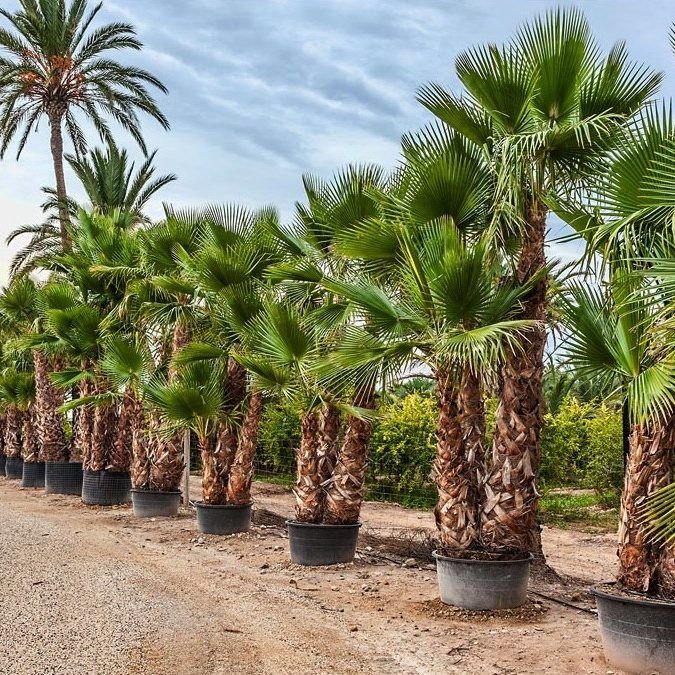
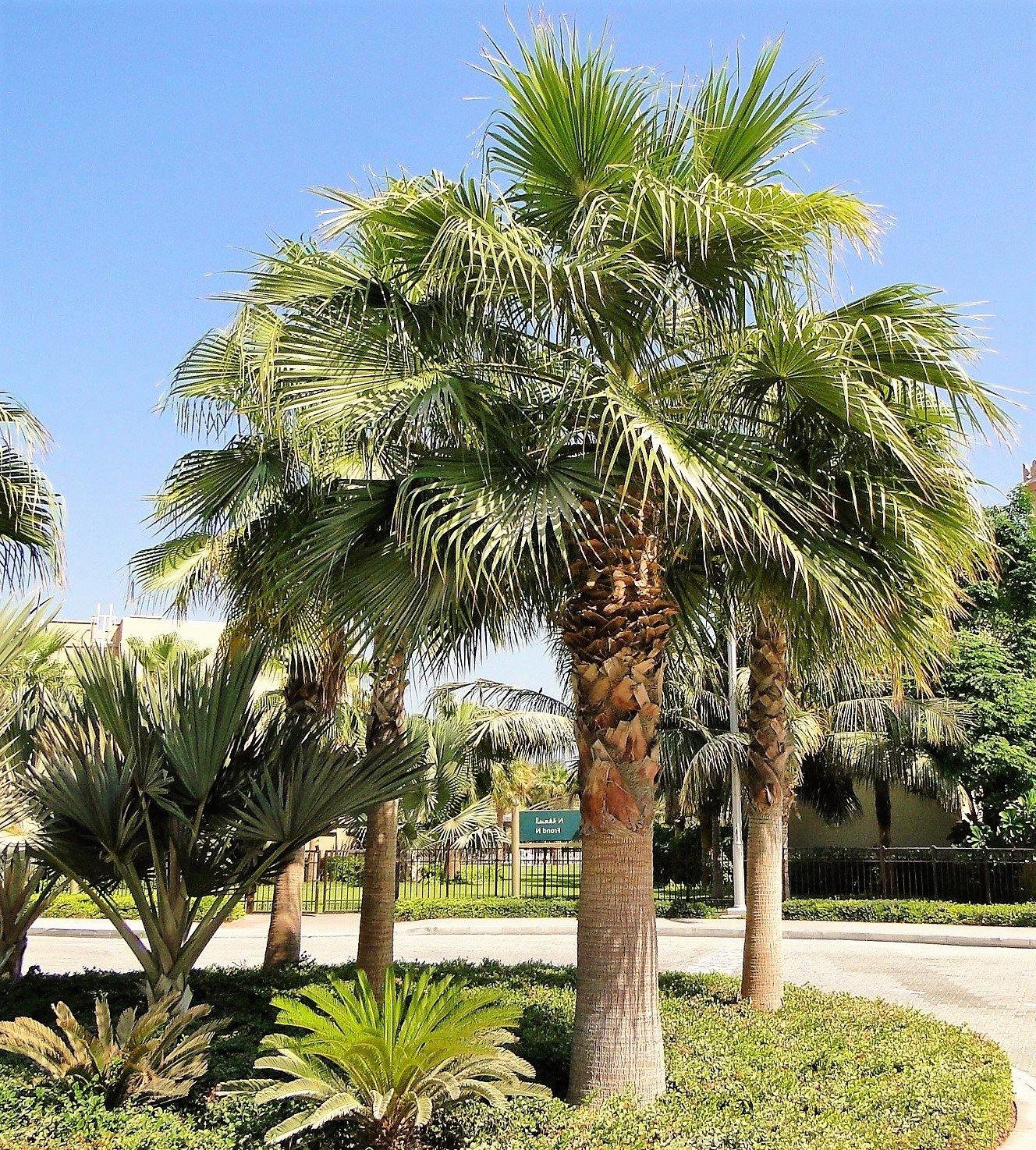
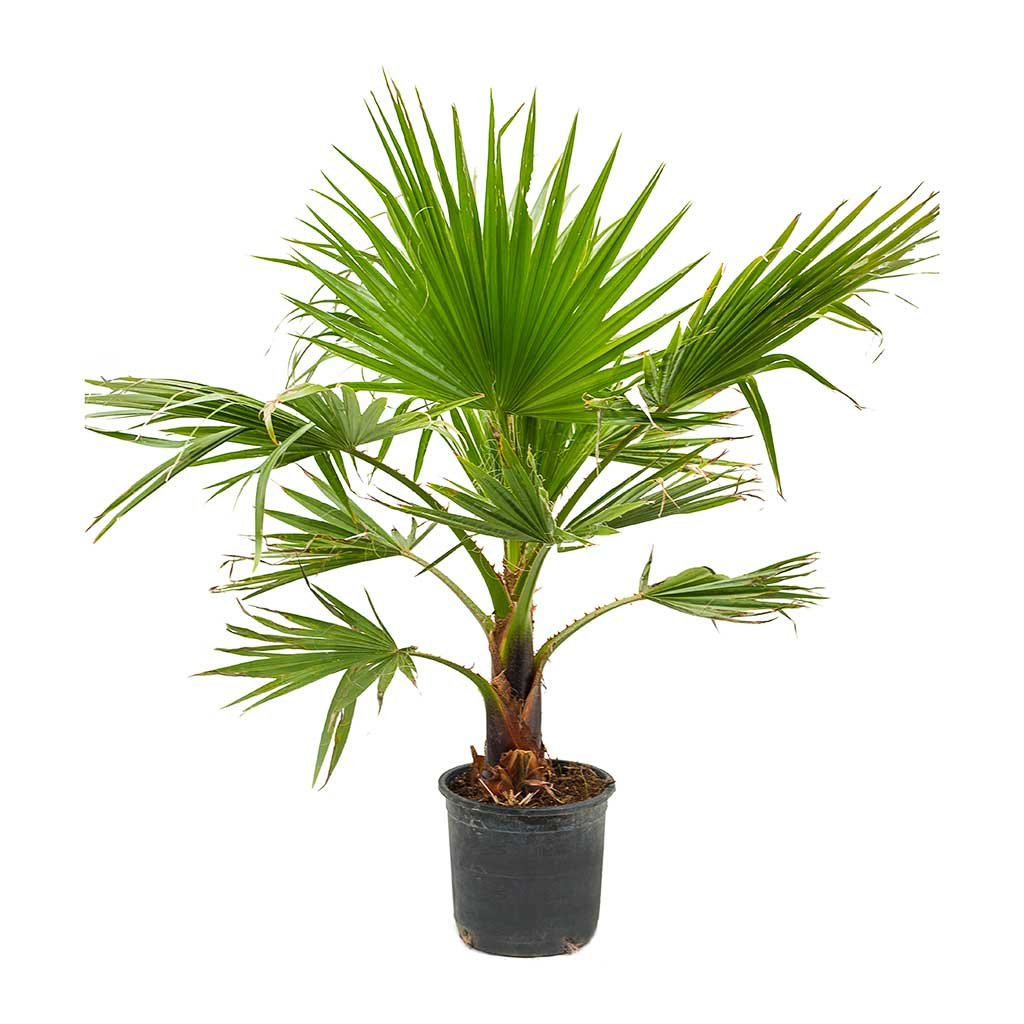
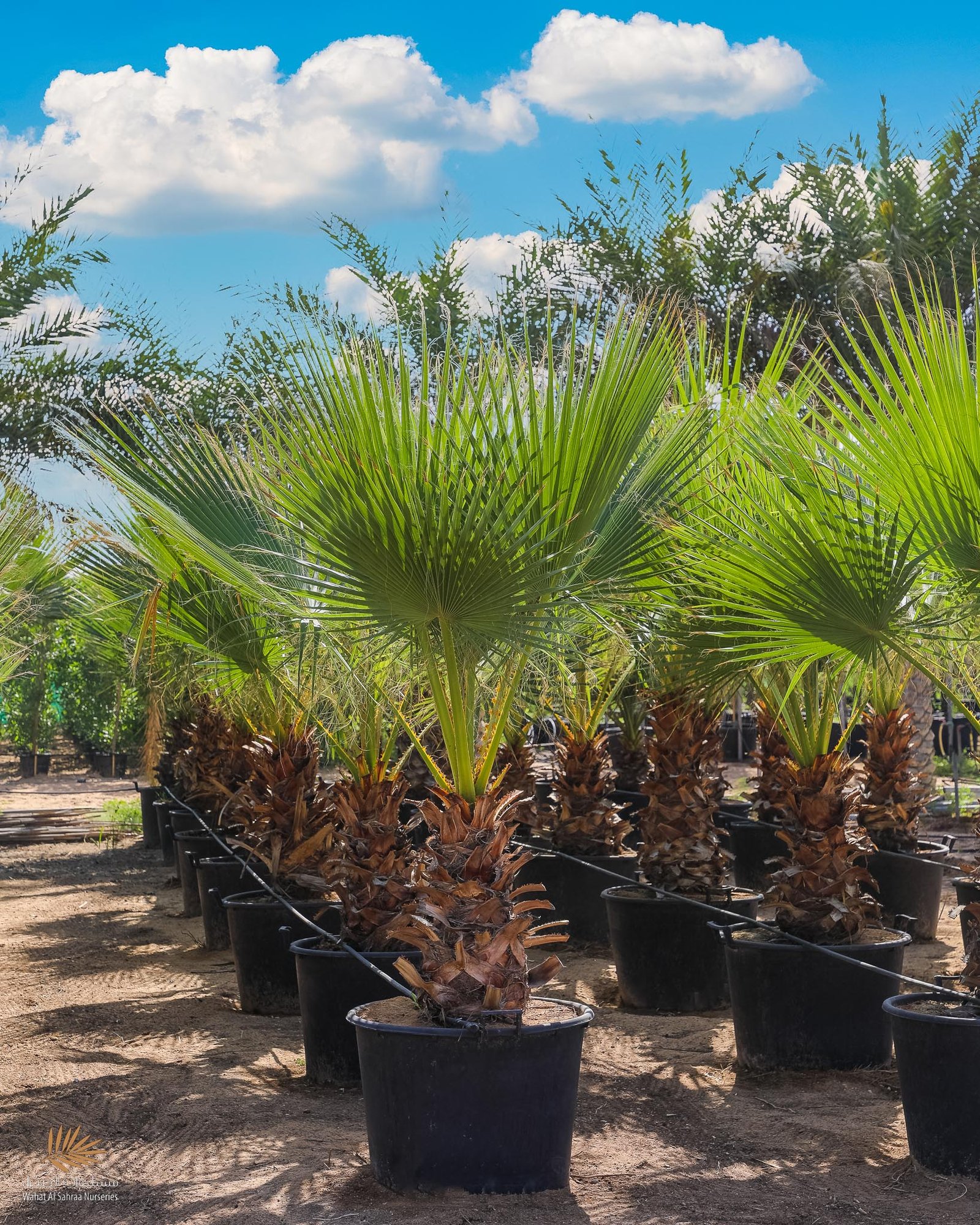
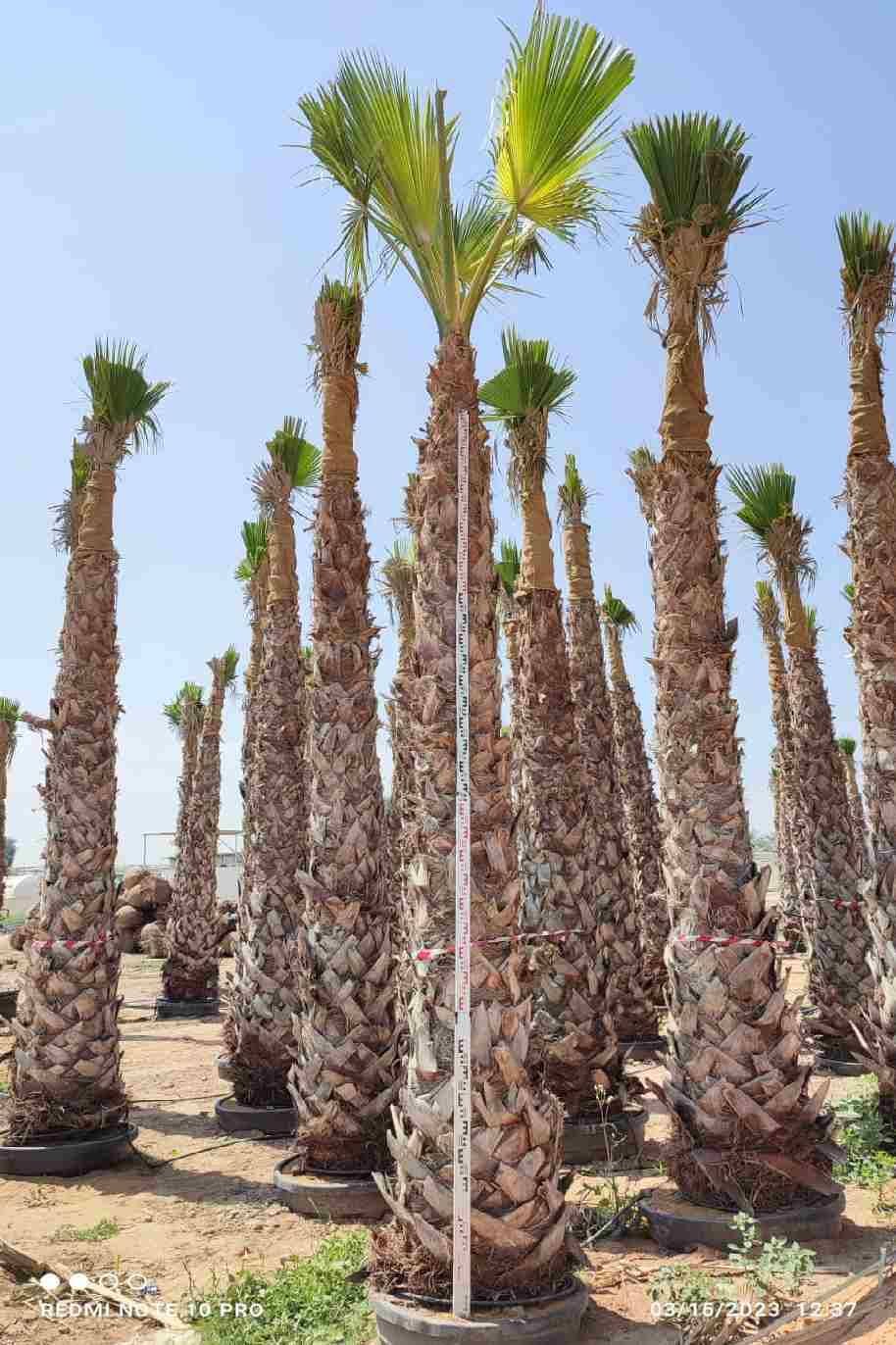
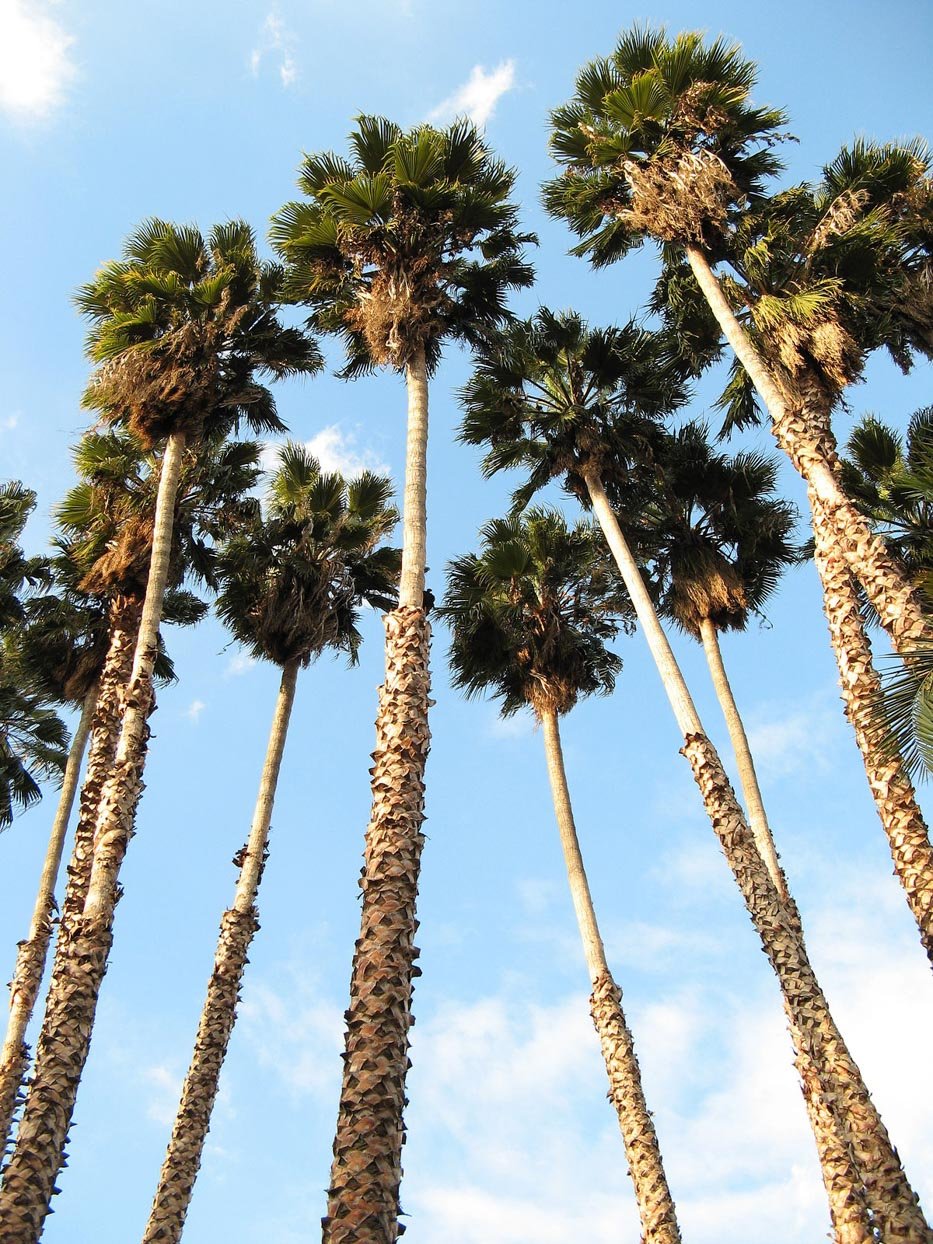
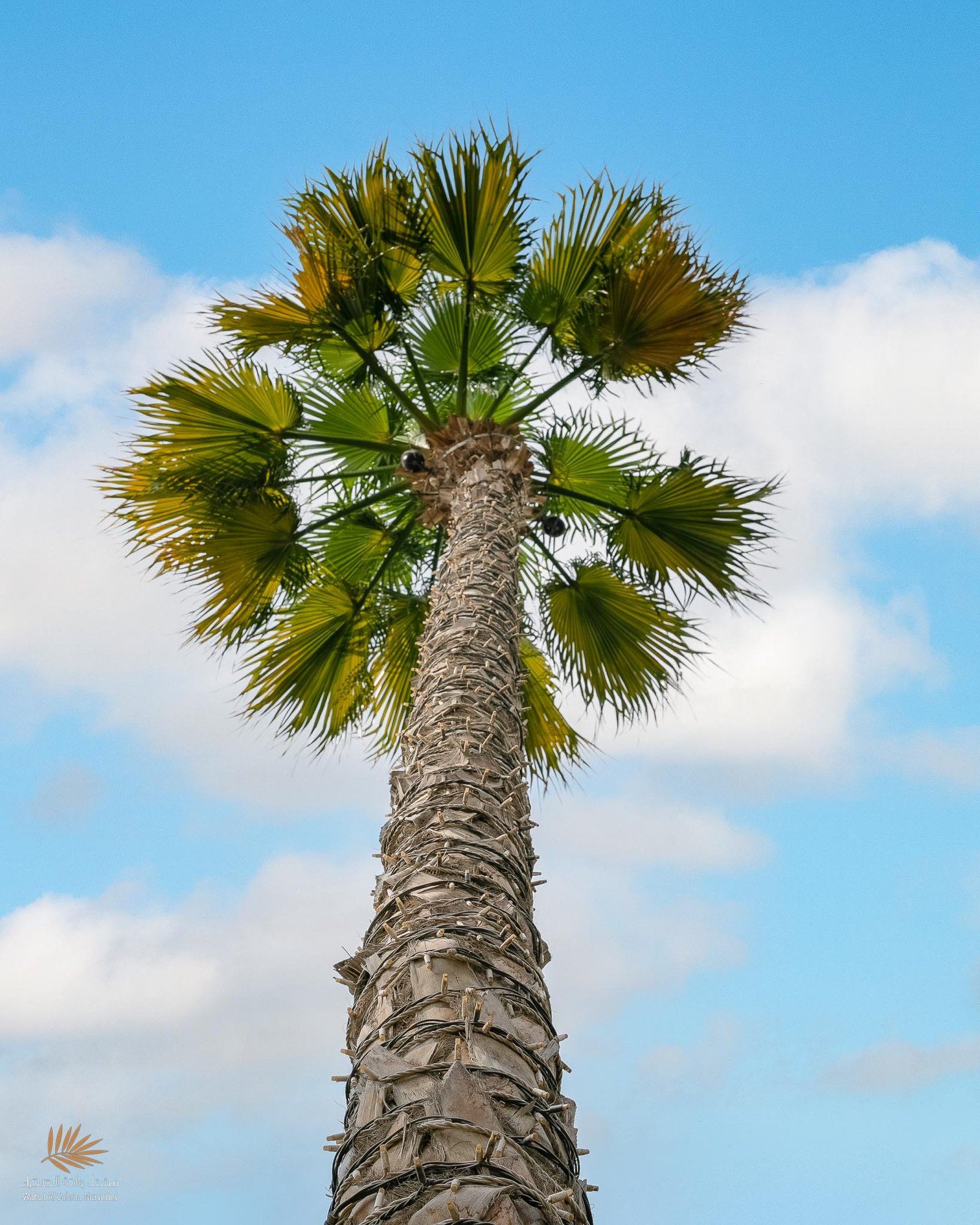

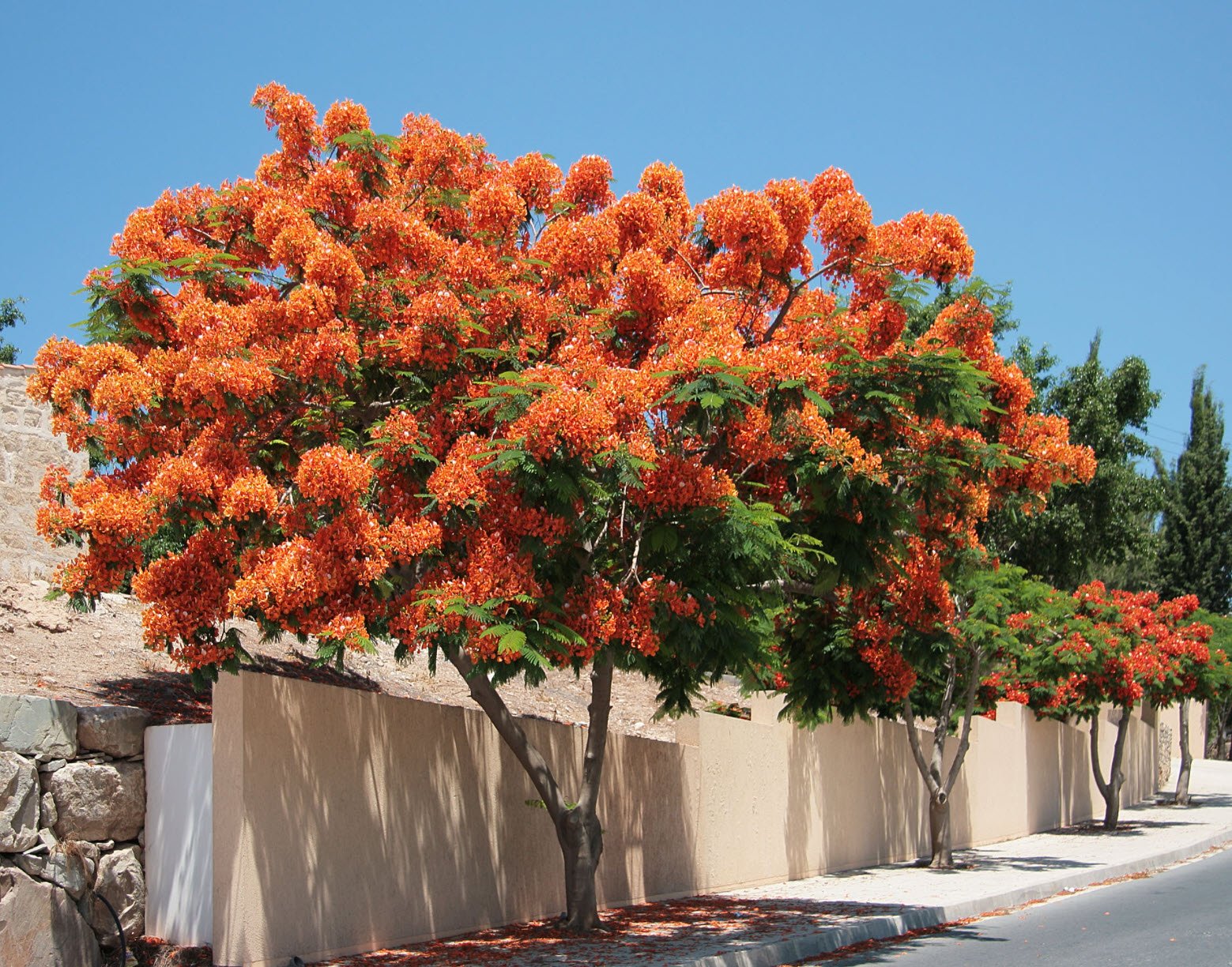
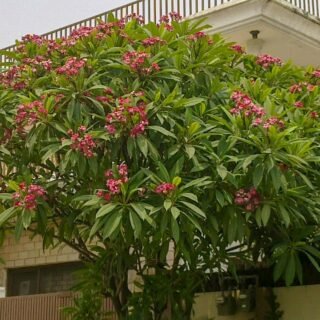
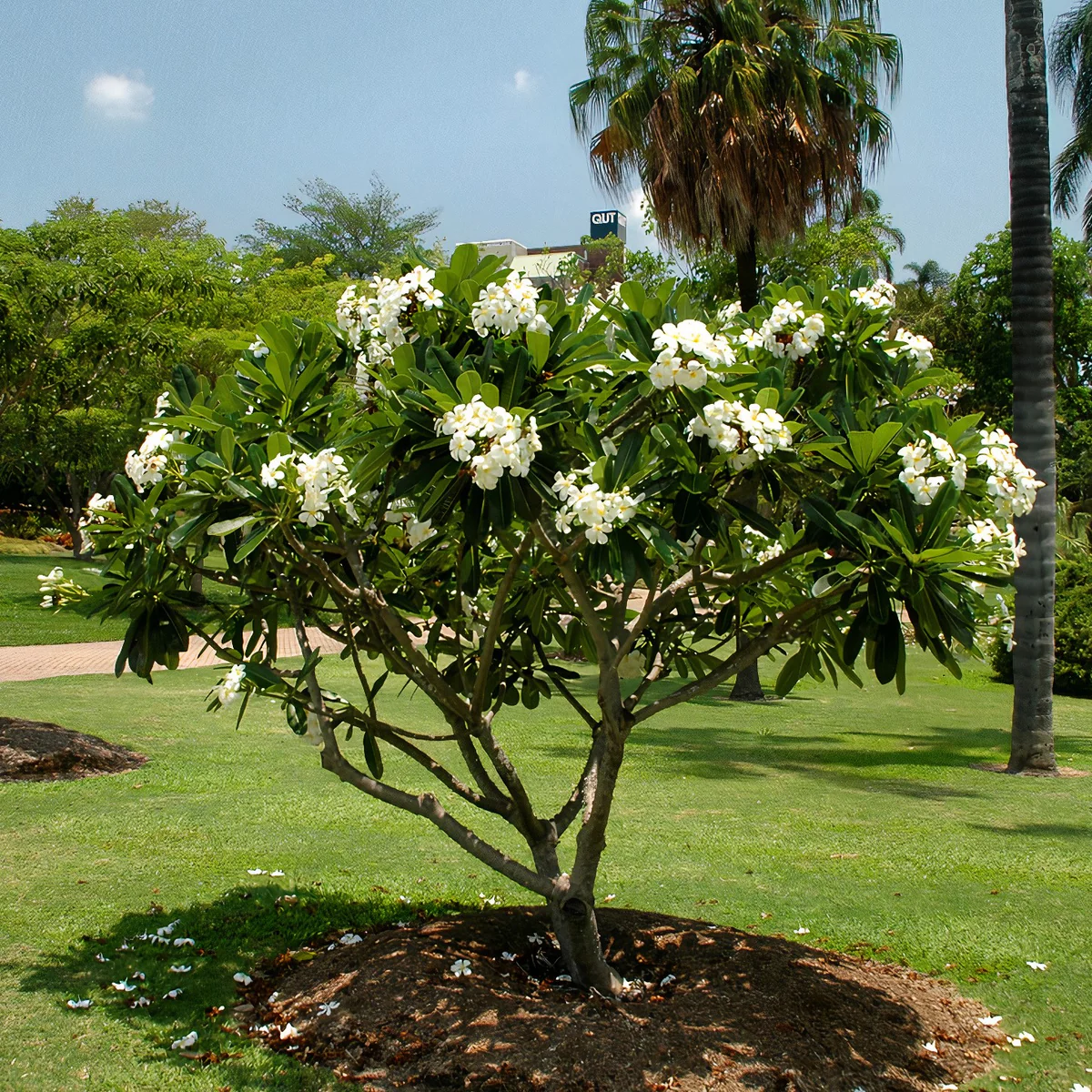




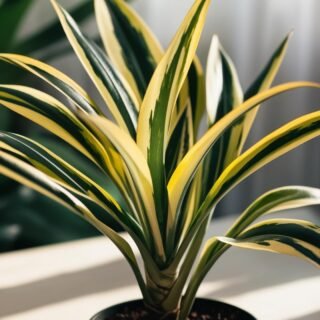
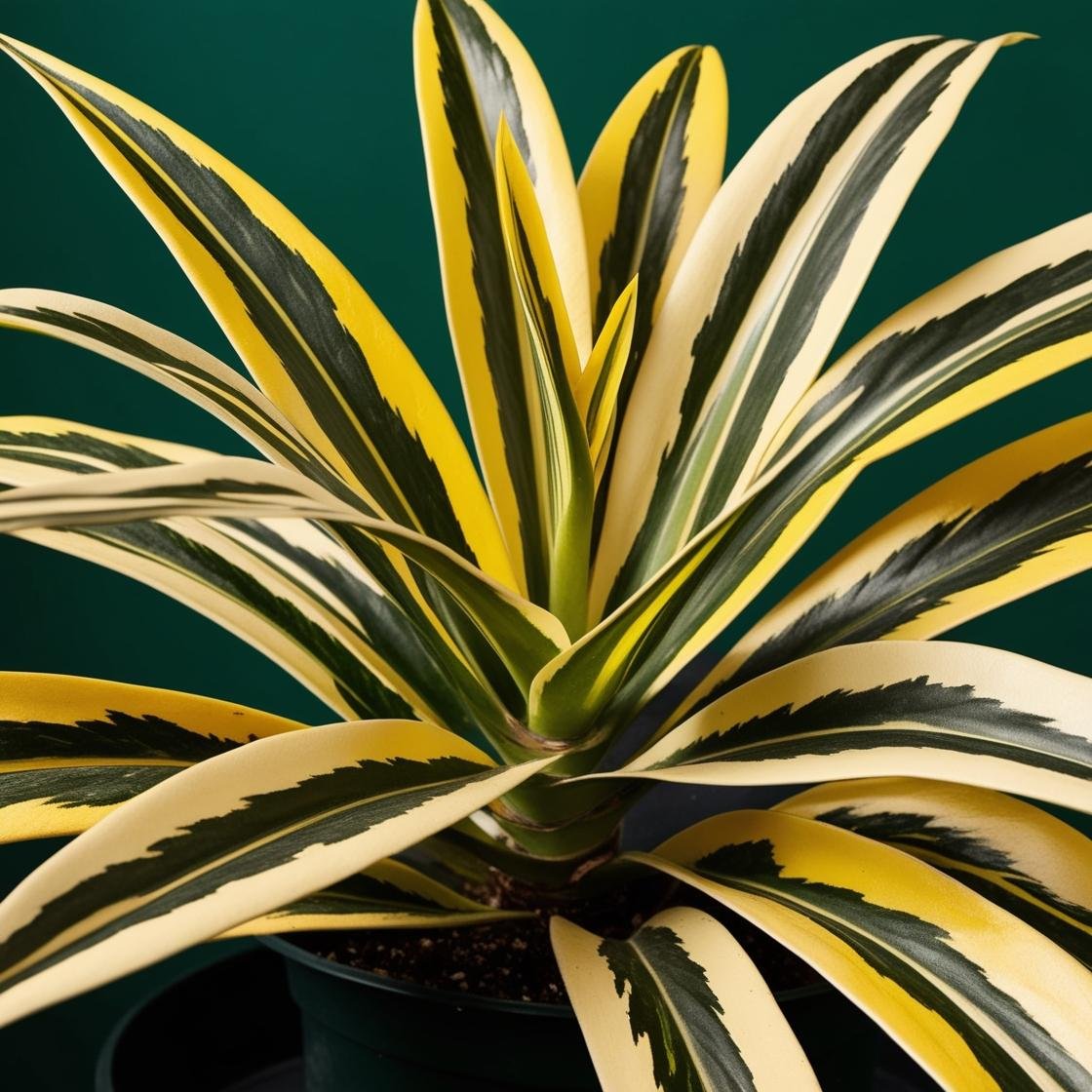
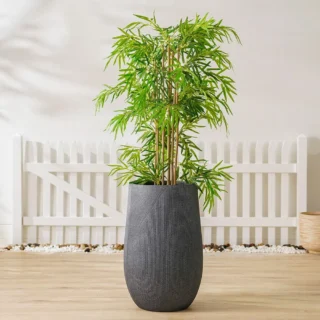
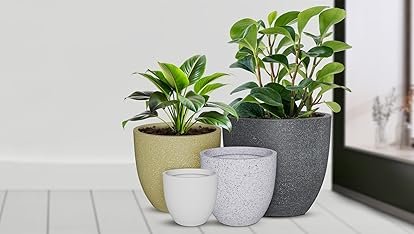
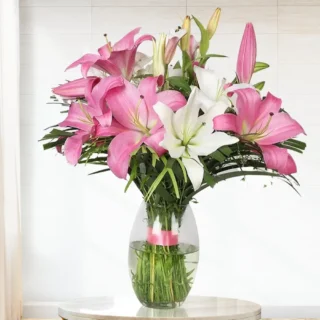

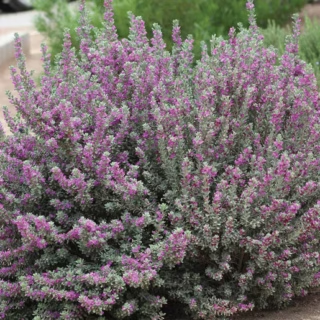

Reviews
There are no reviews yet.